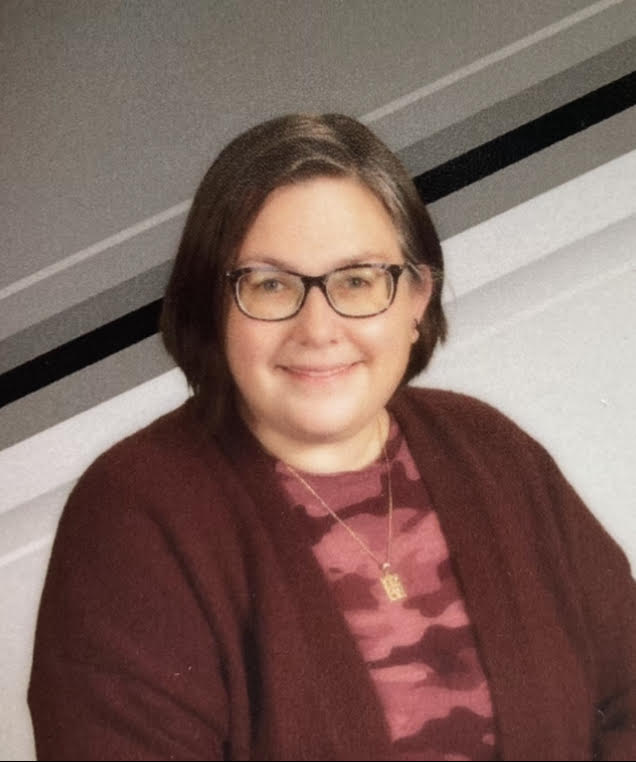
Celebrating Five Years of Evidence-Based Funding Formula Success, A Teacher’s Perspective
Category
Blogs
Written By
Precious Allen
Date
Aug 31, 2022
In August 2017, Illinois adopted the Evidence-Based Funding (EBF) formula. This was a significant step toward equitable and adequate funding for Illinois’ K-12 students. Prior to the enactment of EBF, Illinois had the most regressive school funding system in the nation — under which higher poverty districts, on average, received less per pupil state and local funding than the lowest poverty districts in the state. The EBF transformed this system by introducing a formula that calculates education costs based on individual student needs and distributes new state dollars to districts furthest from full and adequate funding. In the last 5 years, $1.57 Billion in new state dollars has flowed through the EBF formula, successfully driving the vast majority of new funds to highest need districts in the state, including districts with high proportions of students from low-income households, English Learners and students of color. While we still have a way to go, five years into implementation, we can celebrate that EBF has successfully begun to close resource equity gaps across Illinois.
Chicago Public Schools second-grade teacher Precious Allen reflects on what funding in her respective district looked like before EBF, what funding has meant over the course of the last five years and why fully funding the EBF formula is important for the schools and students in the district.
Precious Allen
District: CPS/Charter, 2nd Grade Teacher
In addition to state funds, my school’s funding is based on PCTC (per capita tuition) and federal grants (Title I, Title II, & Title IV as well as Special Education-IDEA funds).
EBF Funding has supported our diverse learning student population. It has been very helpful to get resources that the school needs to make education more equitable. EBF has allowed my district to support families with additional funds that support the academic and social emotional needs of our students.
With EBF, my charter school network has been able to fund 1-to-1 paraprofessionals that support our Diverse Learners in a general education setting. We were also able to hire clinicians to service students with special needs and provide resources for our families. Our paraprofessionals and clinicians are key stakeholders in my school’s effort to partner with families and outside resources for the continued development of our Diverse Learners.
Our students’ needs have been better addressed because we now provide them with more essential support services, including a variety of supports that cater to the families. Our students have received services from occupational and physical therapists and speech pathologists ; essential resources that students have greatly benefited from. It has enhanced their learning experience at our school and allowed them to become more confident and self-aware.
Currently, the biggest need in my district, that a fully funded EBF would provide, is additional whole child and wrap-around support for students and their families that need it. It’s vital that we continue to support our diverse learning community and give them the necessary tools and support to help them reach their full potential.
EBF has been instrumental in providing support for children. This funding provides services that are not usually available to children in low-income and/or diverse learning communities. Funds are disbursed equitably, which is what our country needs in order to truly live up to its creed. Being the land of opportunity means that everyone should have a chance to put their best foot forward and this is the critical opportunity that EBF provides.





